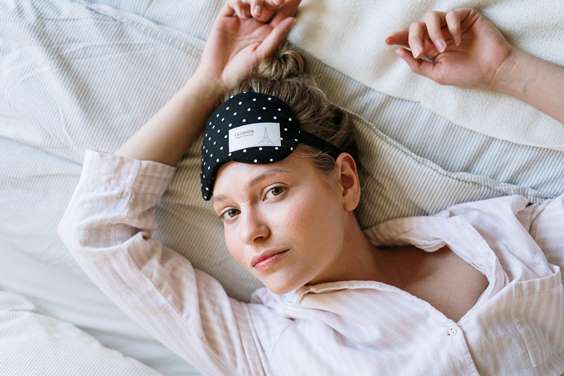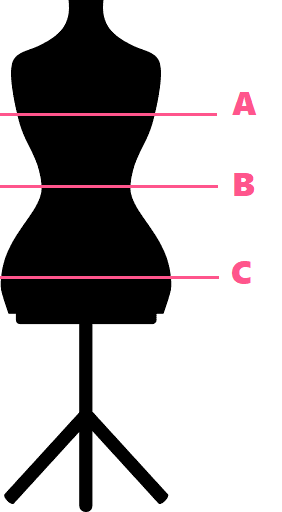A Pastel memory slumber requires more than just going on bed the right time. In fact, creating the right sleep environment—considering light, temperature, and more—can be the difference between fitful dozing and a long, full night of sleep. We know that what we wear during bedtime is so very important too. A good sleep equals a good day! Pastel PJ’s will help you pick just the right pyjama in every occasion !

Focus on Fabric
First and foremost, choose sleepwear that feels good when you put it on. If you dislike the slippery sensation of silk, for example, you won’t get good shut-eye in a silky pair of pj’s. Your sleep attire can also help regulate your body temperature during the night, which, in turn, can promote better sleep. So consider the following fabrics.
- Cotton: Number one choice of fabric for a natural, casual, fits-every-occasion bedtime experience. This all-natural fabric is lightweight and soft to the touch; it’s also breathable, allowing for air circulation, and doesn’t tend to irritate the skin. However, cotton does a poor job of insulating and may make you cold if worn in a cooler climate without adequate blankets. It’s also inefficient at wicking away moisture, so if you experience night sweats, it may not be the best choice.
- Silk or satin? Both silk and satin fabric are great thermoregulators: It can keep you warm when you’re cold and cool when you’re hot. That said, real silk is costly and requires dry-cleaning, satin is more affordable yet as soft and elegant as the first one. Remember, these fabrics are slippery, and may move around while you sleep. Yet, indisputably, silk and satin are the go-to for romantic and sleek evenings!
- Flannel: For colder months, a pair of pyjamas made from this soft fabric may be just what you need. The material is comfortable and provides warmth and breathability, so it can help you stay toasty without overheating.
- Moisture-wicking: If you tend to get hot when you sleep—or if you usually experience night sweats—moisture-wicking sleepwear may be your best choice. These materials are designed to draw water away from the skin, helping your body to regulate its own temperature.
- Bamboo. This fabric, spun from fibers of the hearty plant, feels soft and silky on the skin. It’s a natural moisture-wicker, so it keeps you at a comfortable temperature. Plus, it’s hypoallergenic and may have anti-bacterial properties that are beneficial for allergy sufferers. Last, but not least, it’s 100% biodegradable—a great bonus if you’re eco-friendly.
- Wool and fleece: While these fabrics will keep you warm, they may actually promote overheating. What’s more, wool may irritate the skin, causing itchiness that wakes you up during the night. And fleece doesn’t allow air to circulate, so you may find that it makes you perspire.

Don’t Forget The accessories
Your Feet : Avoid Cold feet that are actually associated with sleeplessness. Get some socks during bedtime, and the right slippers before !
Your eyes: Having eye masks on can make our sleep last longer! No worry to be bothered by early sunlight, just get them off when sleep. It is said that wearing eye masks can result in an increased amount of REM sleep and less time spent between falling asleep and reaching REM sleep. It can also result in less arousal and elevated melatonin levels. All good for your slumber!

The right size matters
Generally, you will find the appropriate size chart for each model of pyjama that we offer. You may check the description of the product or in the Image section to find out the best way to choose your size.

A : Bust measurement
with a flexible measuring tape, measure your bust at the widest.
B : Waist measurement
Measure your waist at the narrowest part. That is usually around the same height as your belly button. The measuring tape should not be too tight and should allow you to be comfortable.
C : Hip measurement
Measure your hips at the widest part.
